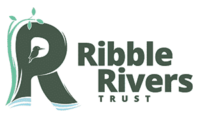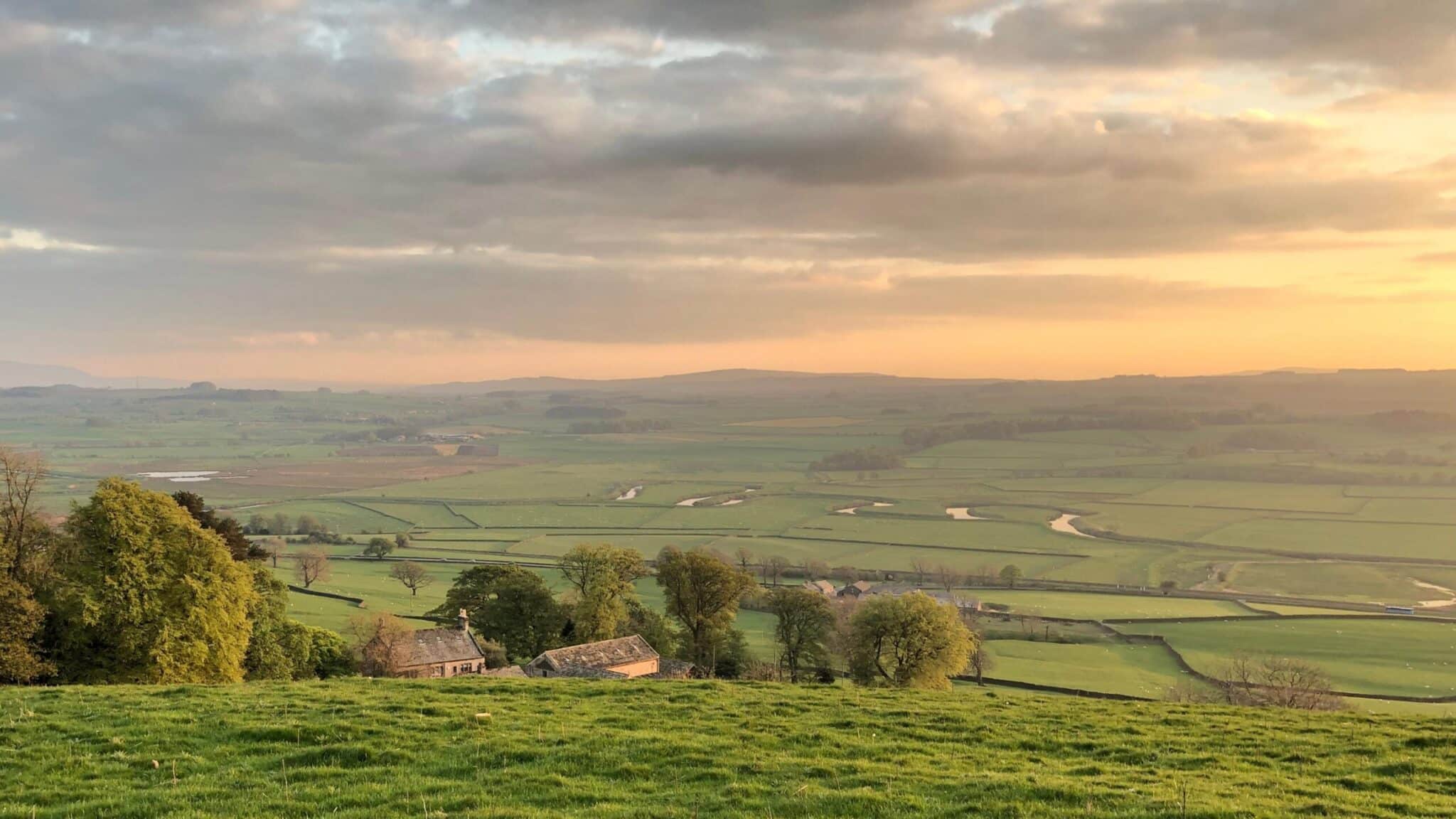
Our BLOG
Ribble Rivers Trust Blog
-
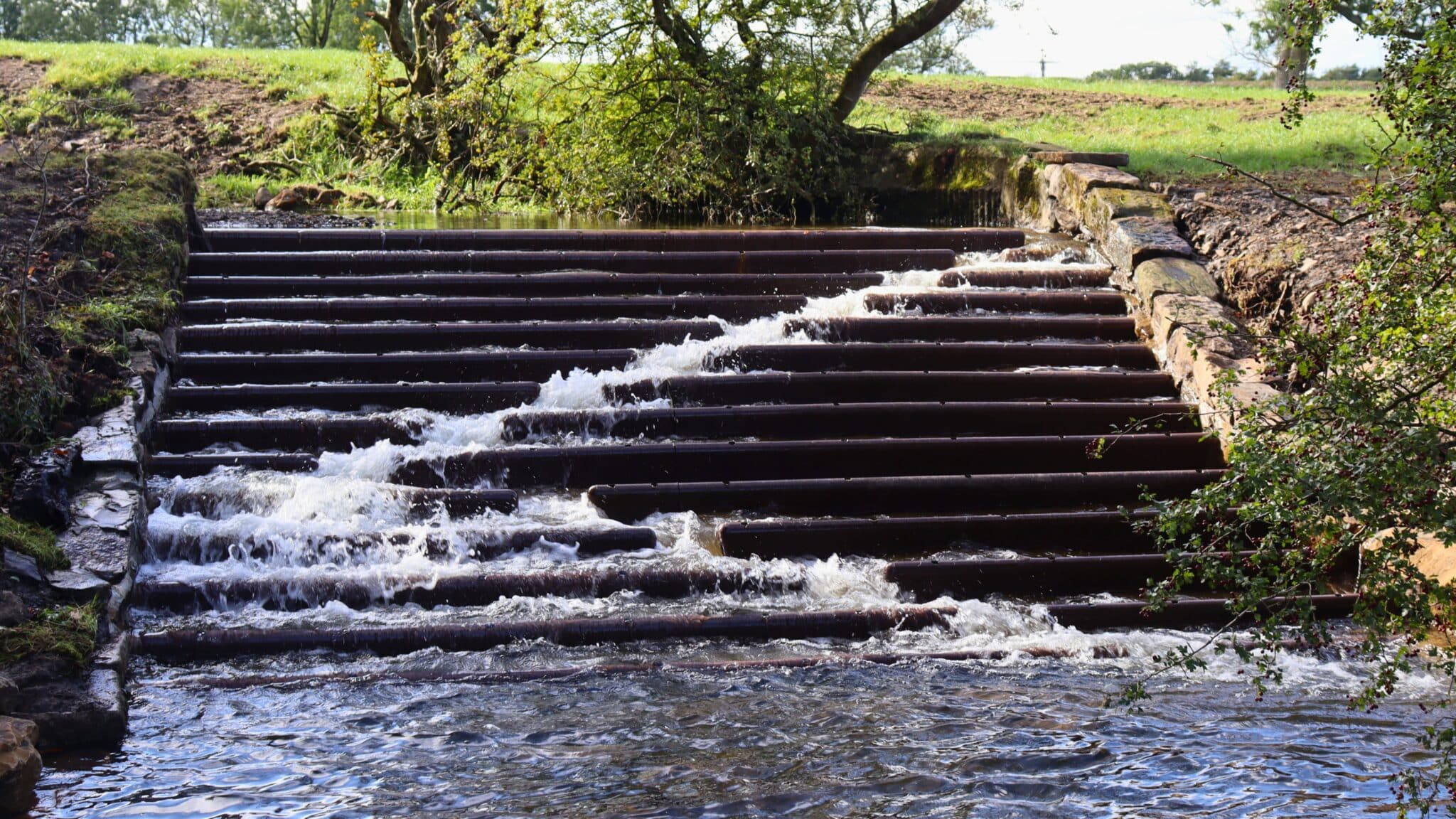
Pendleton Fish Easement
We’re on a roll with our fish easement projects as part of our Species Survival Programme, and the The Pendleton Fish Easement is now complete! Pendleton Brook rises on Pendleton Moor, flowing through Pendleton, and joining the River Ribble south of Clitheroe. Pendleton weir is still in use, abstracting water for livestock drinking troughs. However,…
-
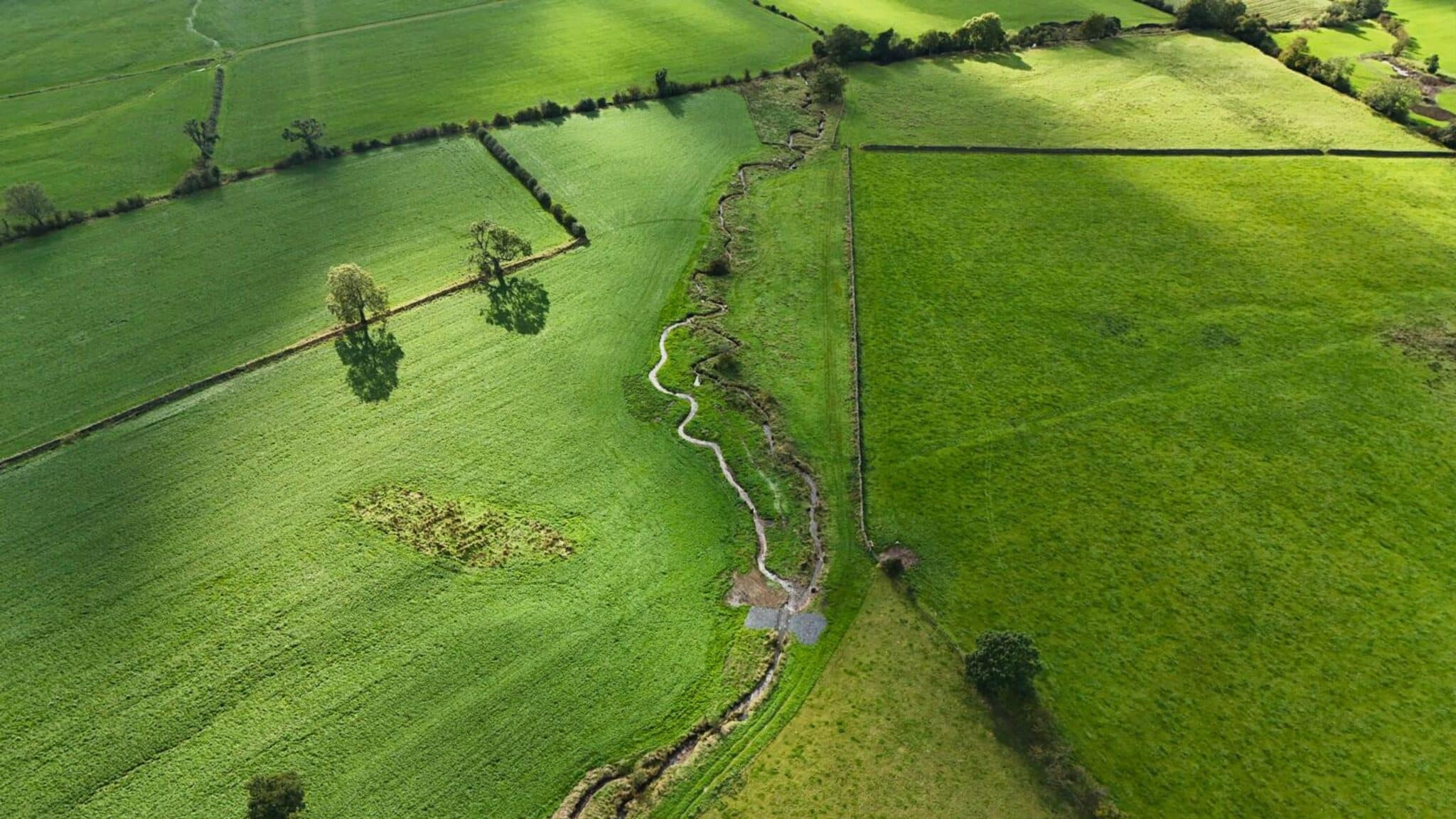
Revitalising Mearley Brook: Restoring Natural Flow and Enhancing Ecosystems
Mearley Brook, which originates on the scenic Pendle Hill, winds through lush grazing lands before joining Worston Brook and passing through the historic town of Clitheroe. Whist it has long been a vital part of the landscape, the brook has also been heavily modified over the years. Sections of it have been straightened, perched above…
-

Pumpkins, Wildlife, and a Nature-Friendly Halloween
Did you know that a whopping 24 million pumpkins are sold in the UK each year, and about two-thirds of these are thrown away? Many of these pumpkins end up in local woodlands and parks, where well-meaning, but misinformed, people leave them out in the hope of helping local wildlife. Unfortunately, it does the opposite.…
-
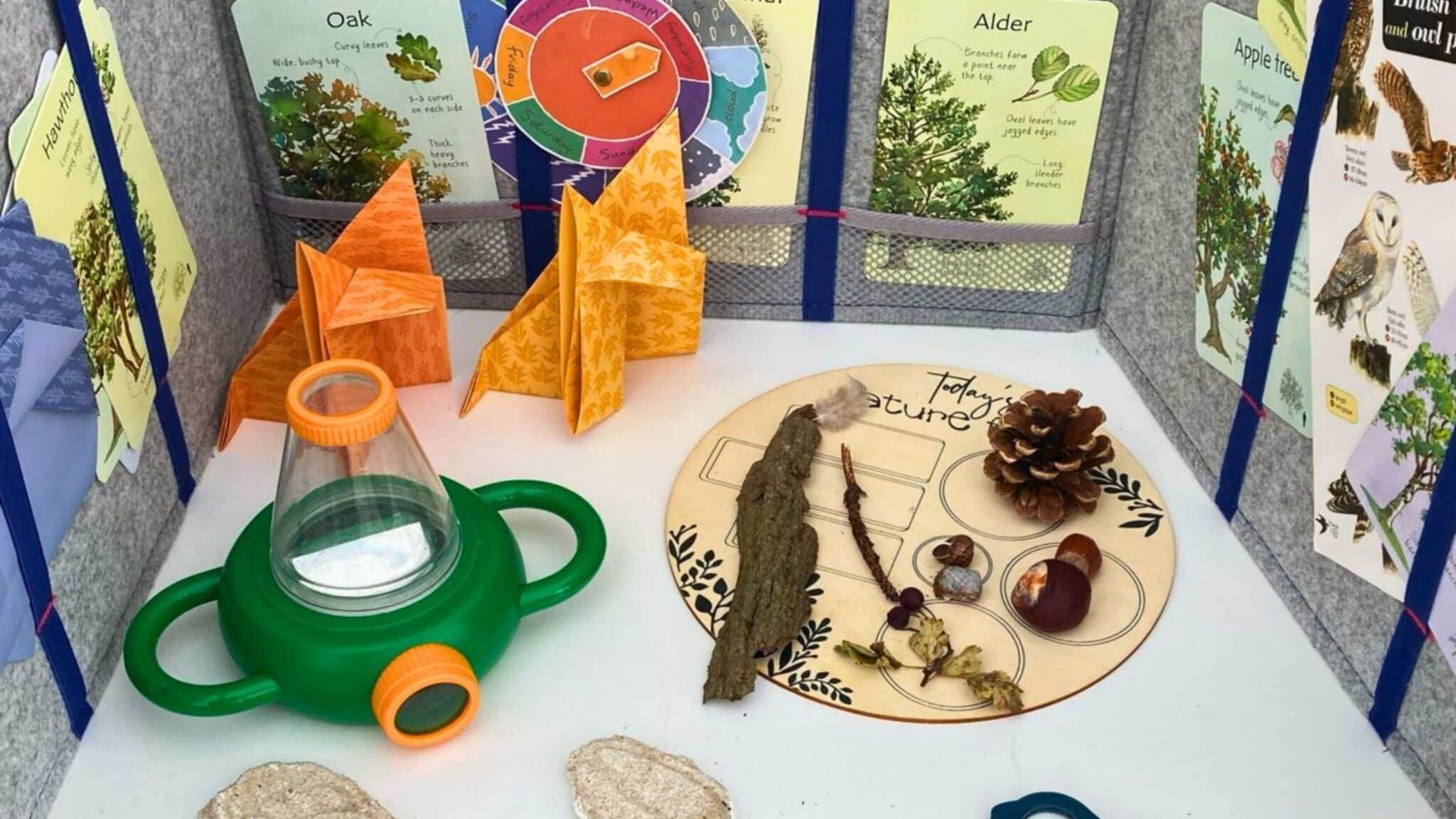
Autumn Activities: Connect with Nature This Half Term
At Ribble Rivers Trust, we believe that helping people connect with nature is one of the best ways to protect it. When young people explore the outdoors, they develop curiosity, confidence, and care for the world around them- a connection that lasts a lifetime. This October half term, take the chance to slow down, get…
-
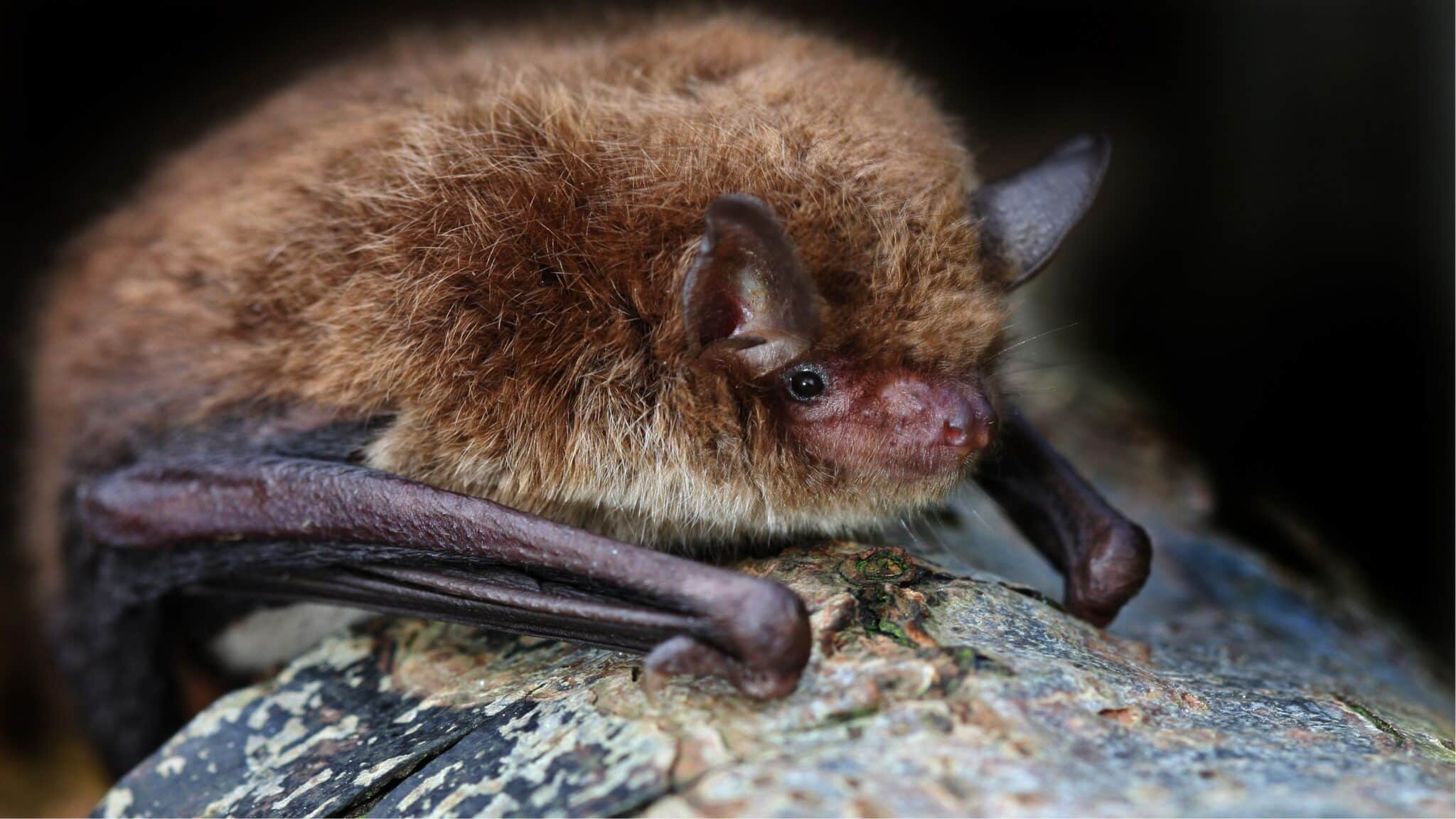
Bats In The UK: Hibernation, Native Species, And Bat Myth Busting
Bats are some of the most unique and iconic species that call the UK home. These amazing animals often have a spooky reputation. Could this have originated from tales of vampires? Or it could be because they’re nocturnal? Or perhaps even because of their looks? Either way, we love our native bats! Hibernation explained Depending…
-
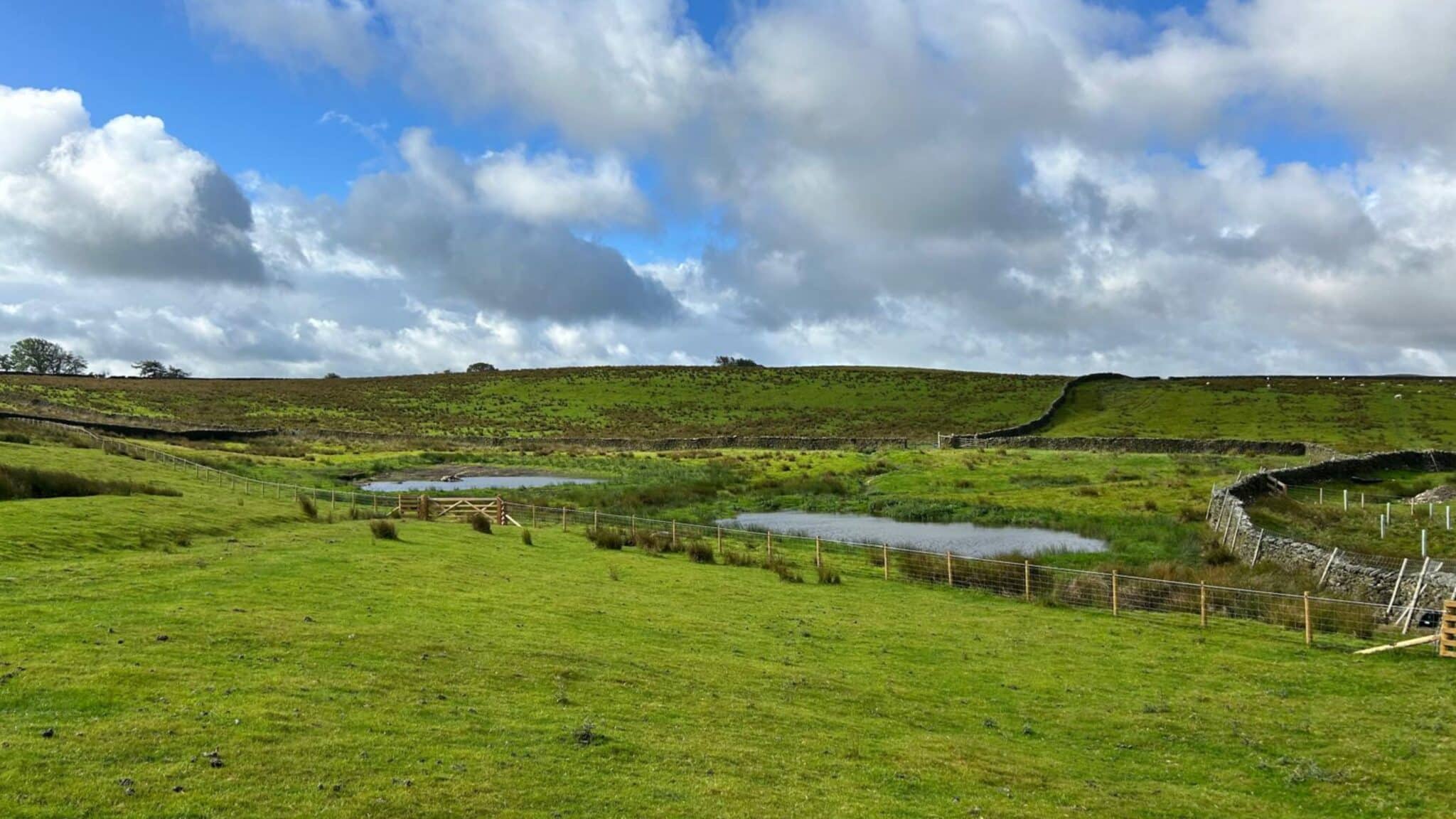
What Are Wetlands and Can They Reduce Flooding?
When we think about protecting rivers, our minds often go straight to the water flowing through the channel, but some of the most important work we do takes place just beside the river, in our wonderful wetlands! Wetlands are some of the most diverse habitats in the natural world. They come in many shapes and…
-

Why do Leaves change colour in autumn? The Science Behind The Scenery
It’s that time of year when our wonderful woodlands give us one last spectacle, with a glorious show as the leaves change colour in autumn before the trees retreat into dormancy for the winter. Did you know that the fresh vibrant green leaves that adorn our trees in summer already contain these autumn colours? Tree…
-
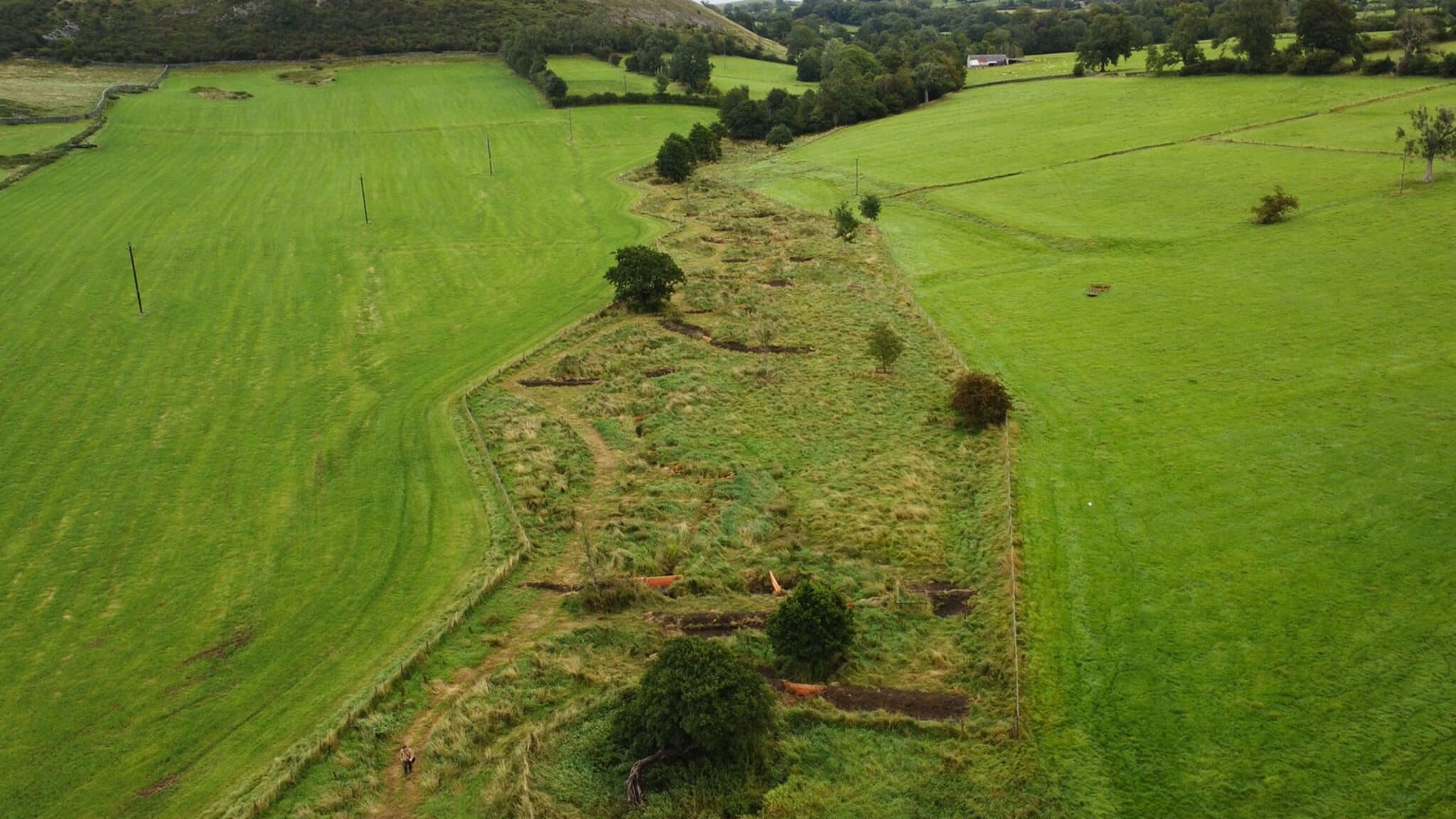
Slowing the Flow at Worston Brook
As extreme weather events become more frequent, managing flood risk is becoming increasingly important for communities across the Ribble catchment. Traditional flood defences, such as walls and embankments, aren’t always cost effective- and can sometimes simply move the problem downstream. This is where Natural Flood Management (NFM) steps up. Using evidence to guide action At…
-
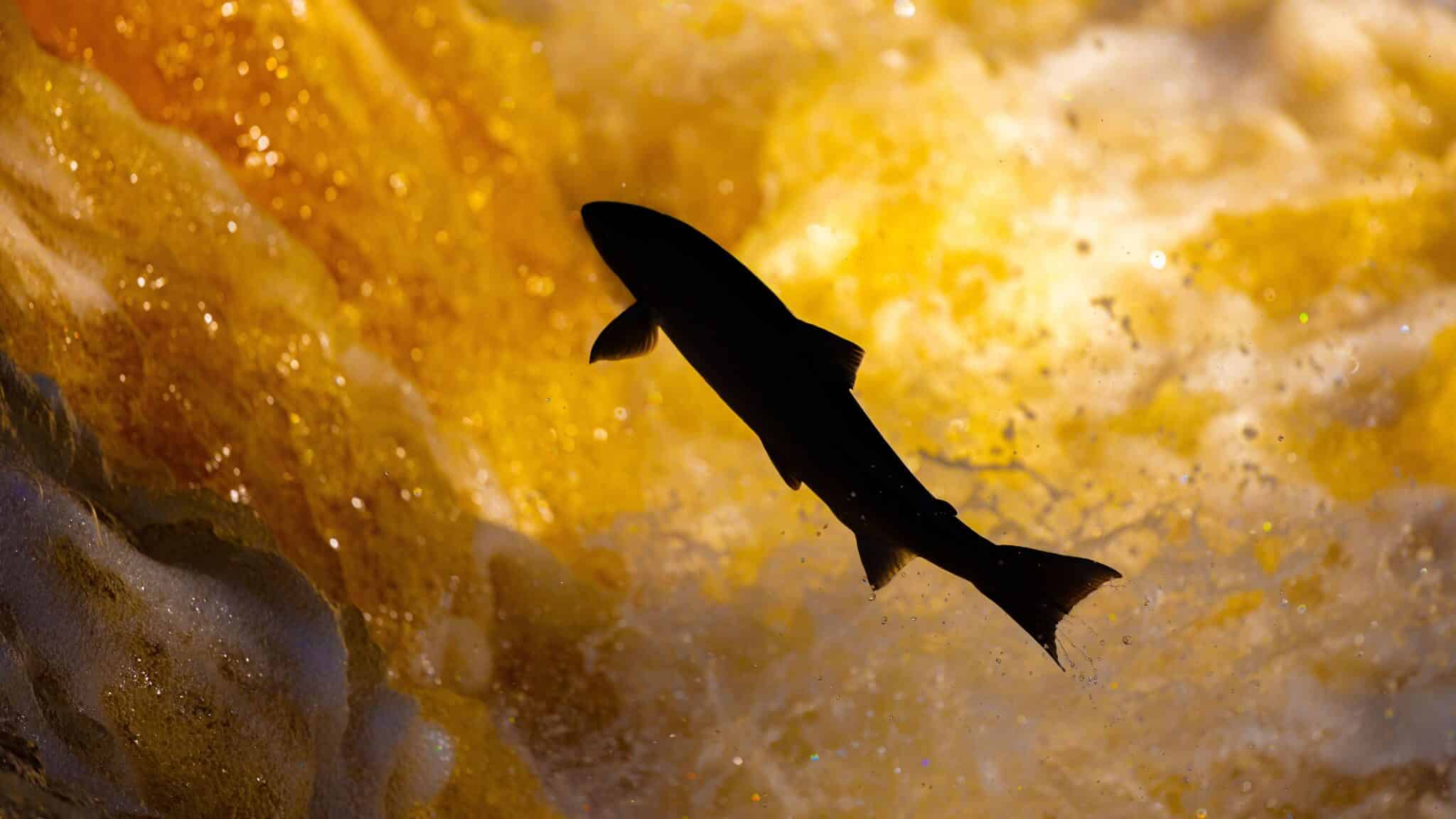
The Ribble Salmon Run; an Epic Upstream Journey
Salmon are some of the most iconic creatures in our rivers, and every year they provide one of nature’s greatest spectacles- the salmon run. This awe-inspiring annual migration sees Atlantic salmon return from the ocean to the rivers where they were born, overcoming immense challenges to complete their lifecycle. The salmon run begins with a…
-
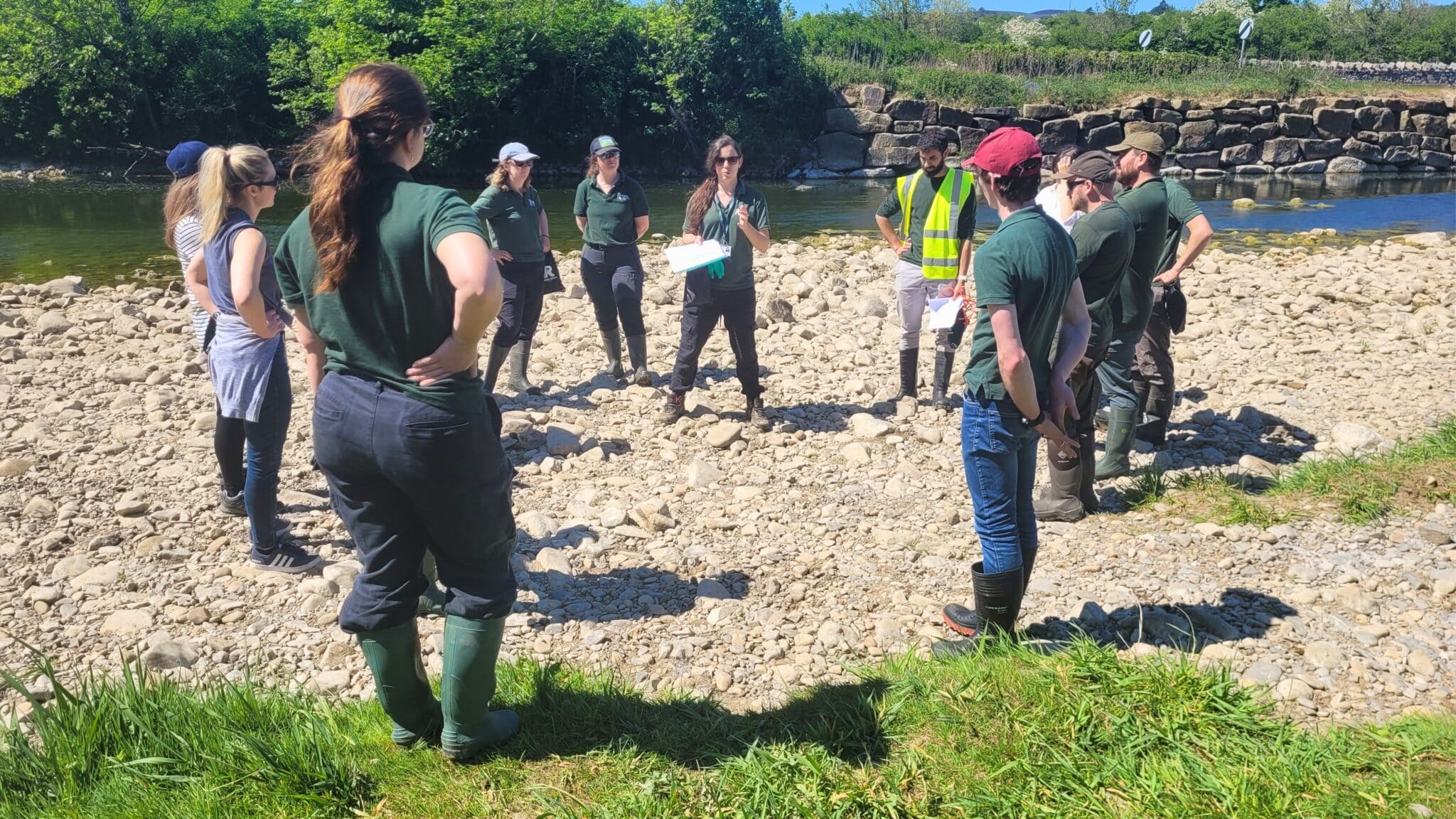
CaSTCo: Using Citizen Science Data for Healthier Rivers
The Catchment Systems Thinking Cooperative (CaSTCo) is a nationwide partnership that’s changing the way we care for our rivers. This project was designed to bring together more than 30 organisations, including ours, to bridge the gap between citizen science data and professional monitoring. By sharing data, tools, and expertise, CaSTCo has helped communities and decision-makers…
-
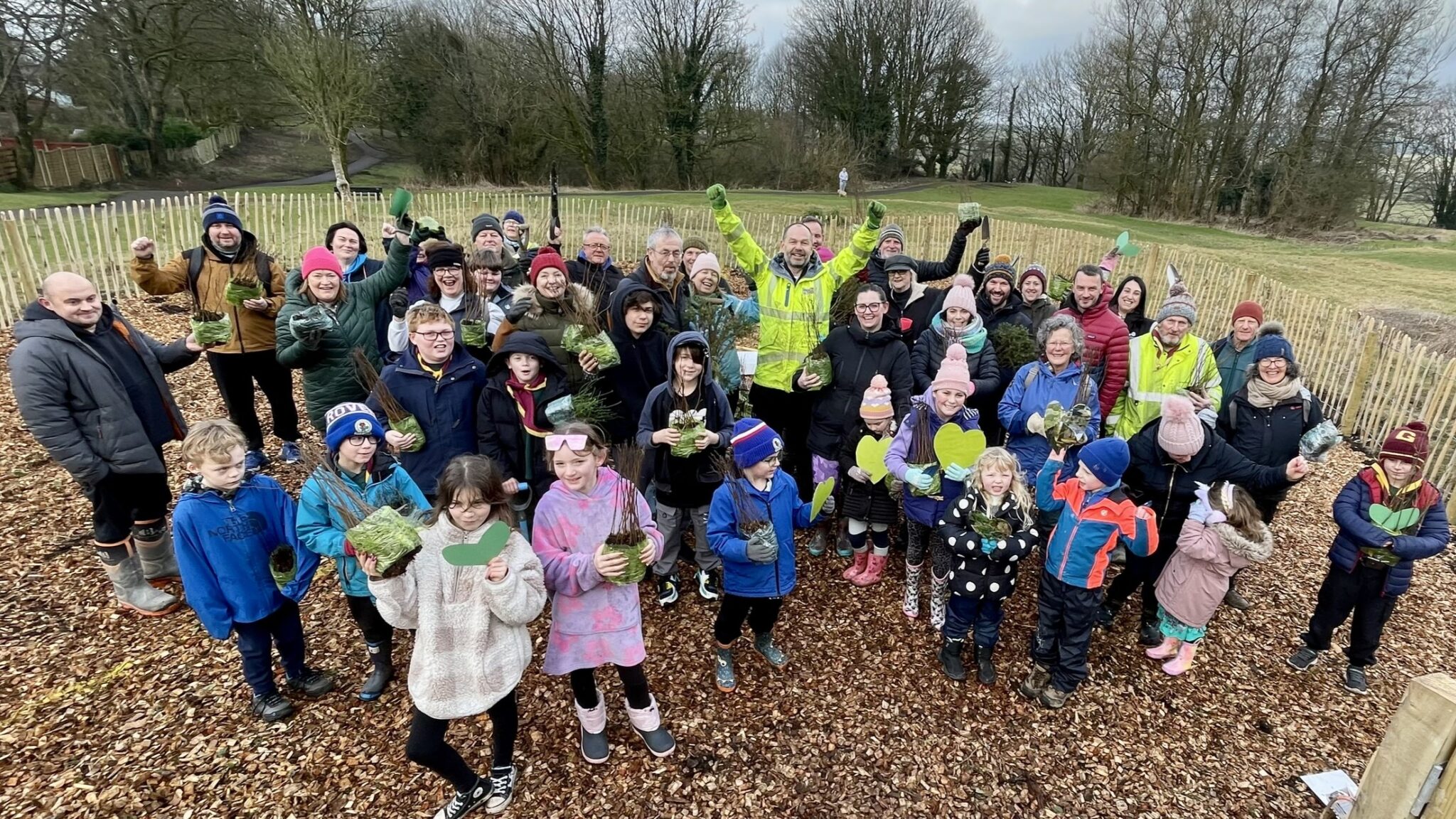
Press Release: The Lancashire Woodland Partnership
Partnership celebrates success as communities, landowners, and conservationists unite to transform Lancashire’s landscape Lancashire’s landscape has undergone a remarkable transformation this year, as over 220,000 new trees have taken root thanks to the collective efforts of landowners, volunteers, and conservation groups. The achievement is thanks to the Lancashire Woodland Partnership, a coalition of environmental organisations…
-
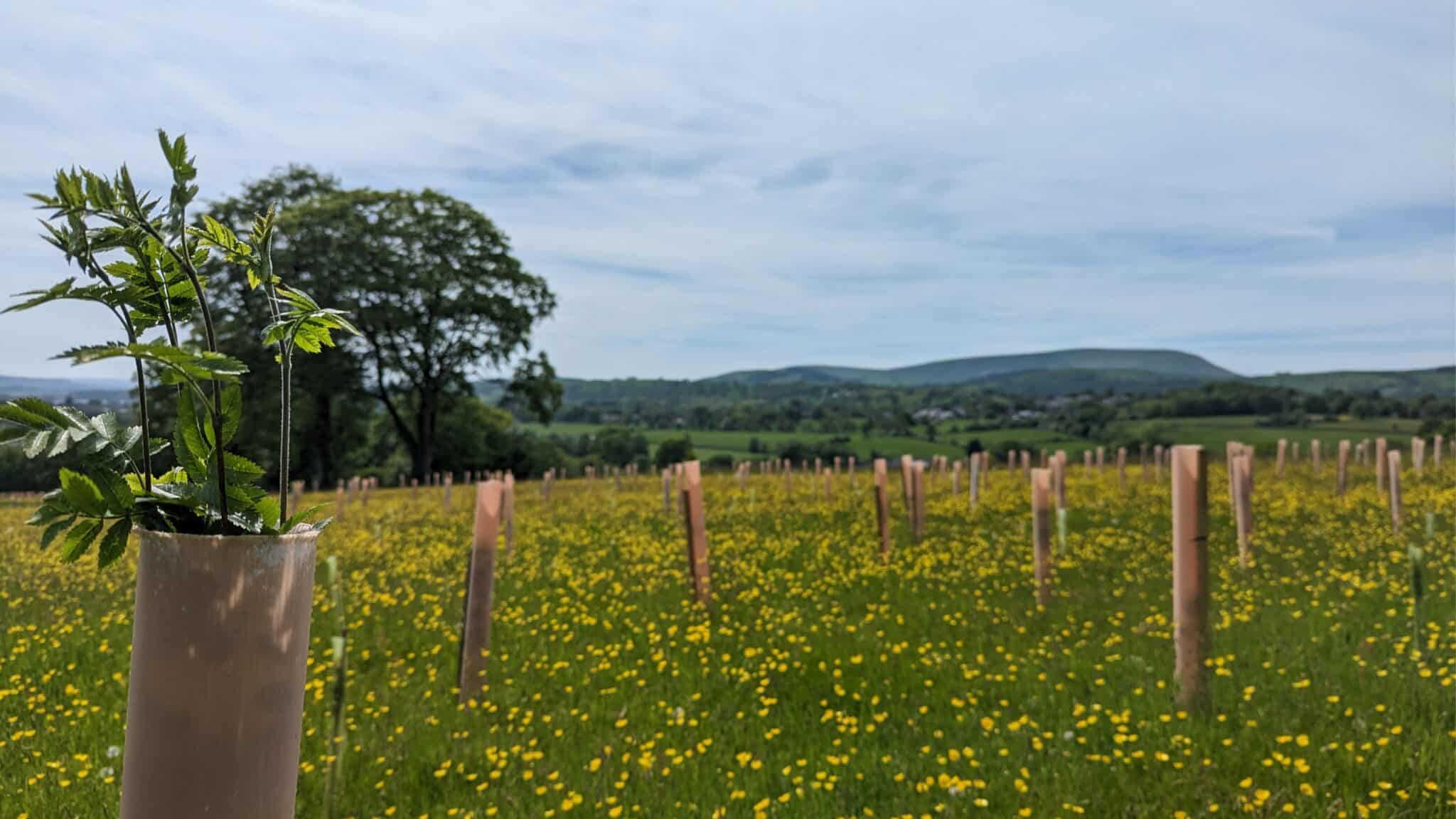
Woodlands and Rivers: The Woodland Creation Cycle
Autumn is here, and that can only mean one thing- it’s time to start thinking about woodland creation! If you’re new to Ribble Rivers Trust then you might wonder, why does a Rivers Trust spends so much time planting trees? The answer is simple. If rivers are the heart of the natural world, connecting habitats…
-

Upper Storth Gill Beck De-culvert and Wetlands
We’re excited to share the successful completion our Upper Storth Gill Beck de-culvert and wetlands; a project that combines habitat creation with flood management. This innovative scheme features three ponds and a small section of de-culverting, designed to boost biodiversity and improve water flow across the local landscape. What have we achieved at Upper Storth…
-
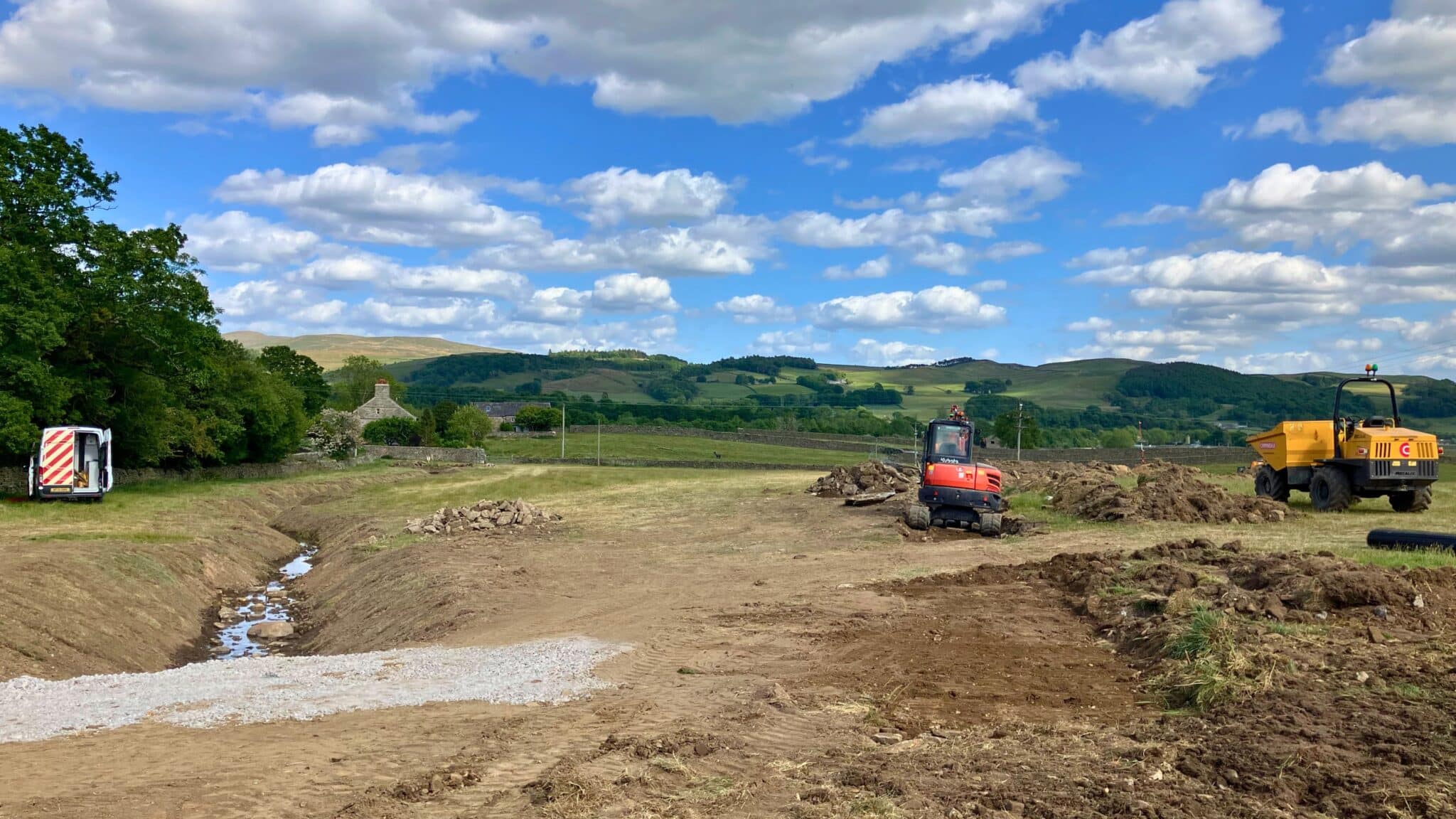
Lower Storth Gill Beck De-Culverting
Lower Storth Gill Beck, near Giggleswick, North Yorkshire is in the upper part of the Ribble Catchment. It’s an area that remains fairly natural, thanks in part to the lower populations and agricultural land use. However, like many watercourses in the area, Lower Storth Gill Beck has been straightened and culverted, which is far from…
-
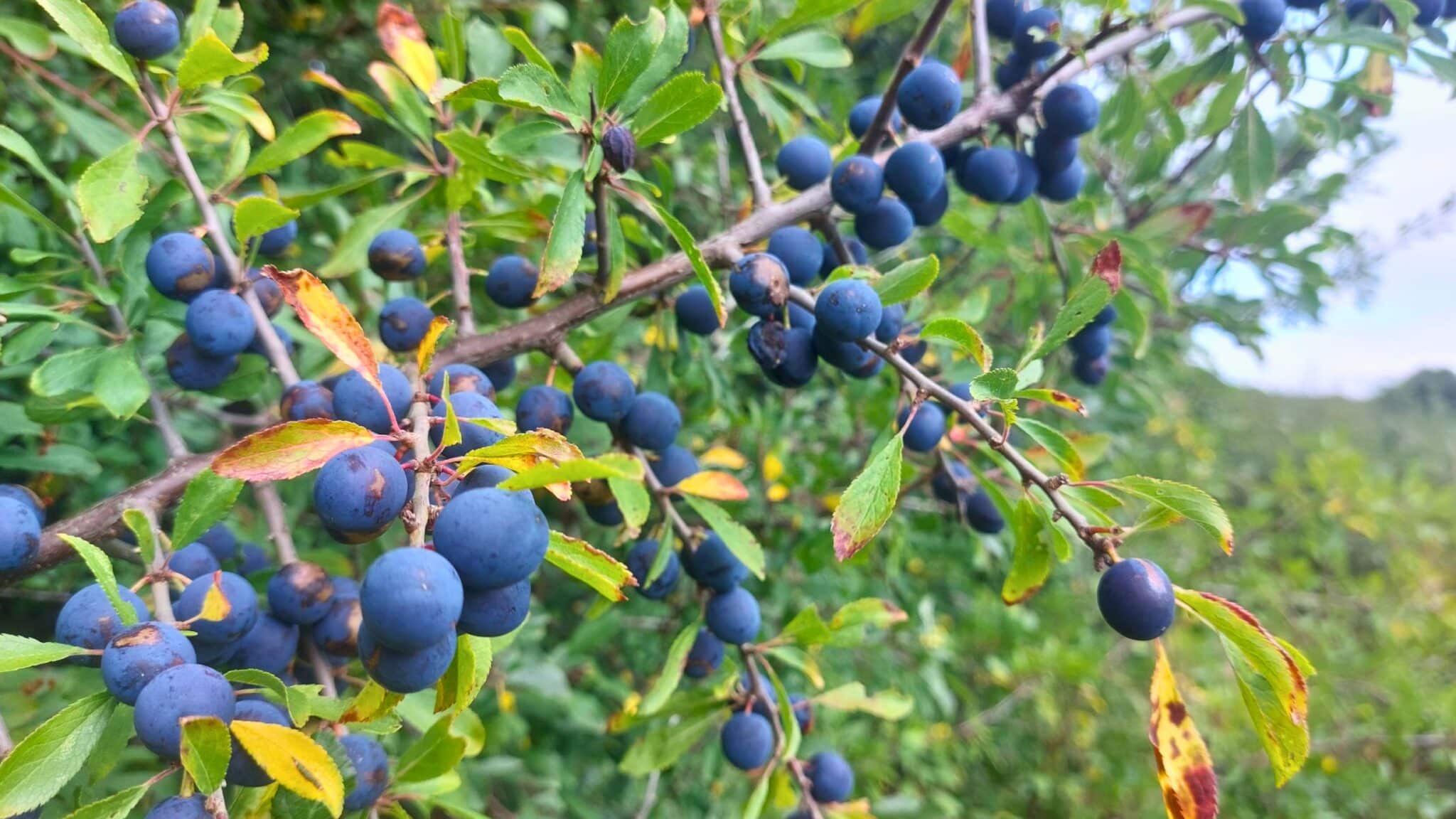
What Is A Mast Year And What Does It Mean For Our Woodlands?
If you’ve been out and about over the last couple of months, you’ve probably noticed that our trees are packed full of berries and branches are weighed down with fruits, seeds, and nuts. That’s because 2025 is shaping up to be a mast year. This is a special event that only happens every few years,…
-
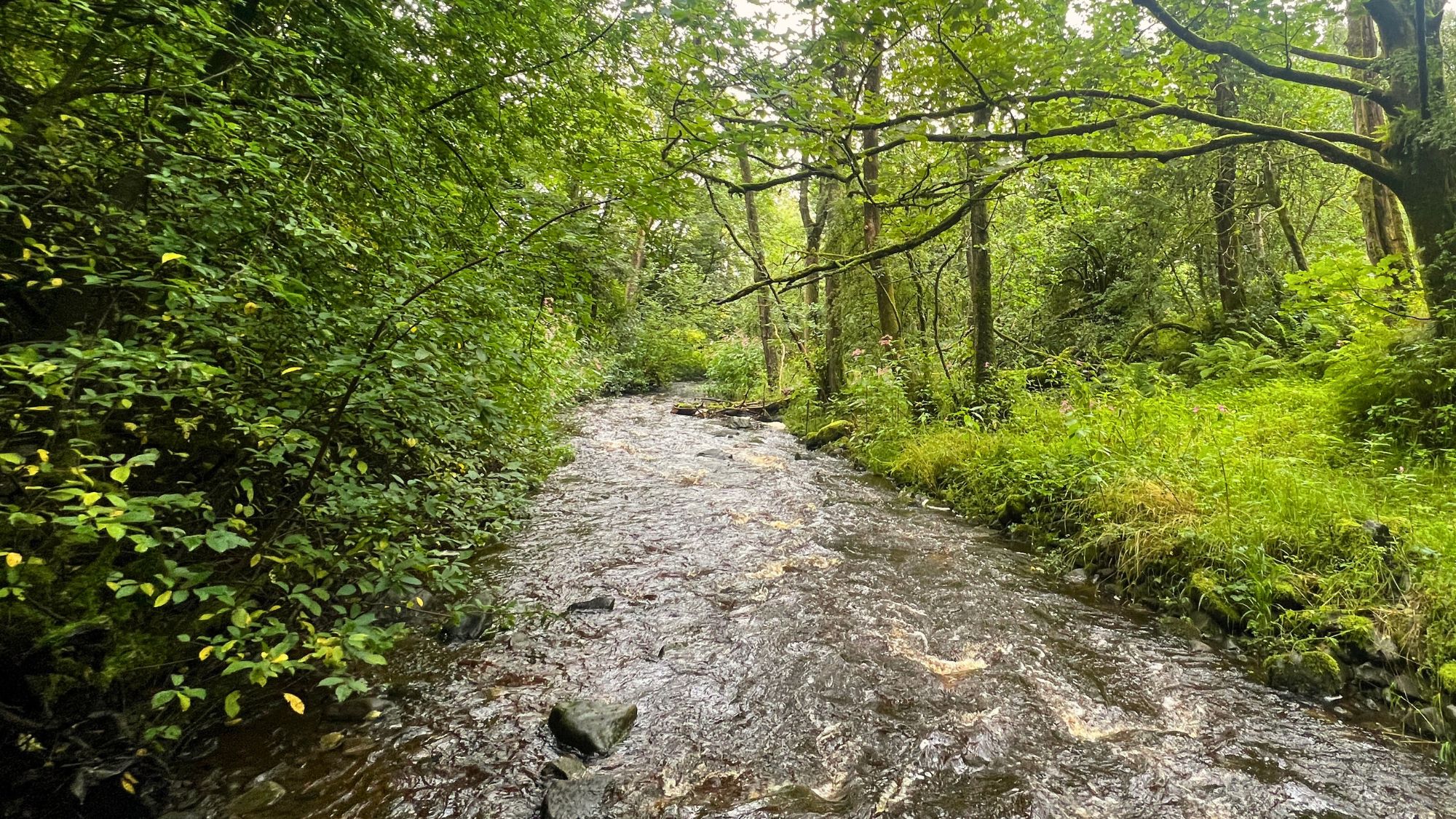
River Catchments: How They Work and Why They Matter
Ribble Rivers Trust is on a mission to protect and restore the wonderful waterways that wind their way through our landscapes. But what exactly are iver catchments, and why are they important? If you’ve ever heard us referring to the Ribble catchment or a catchment-based approach and found yourself a little confused, you’re in the…
-
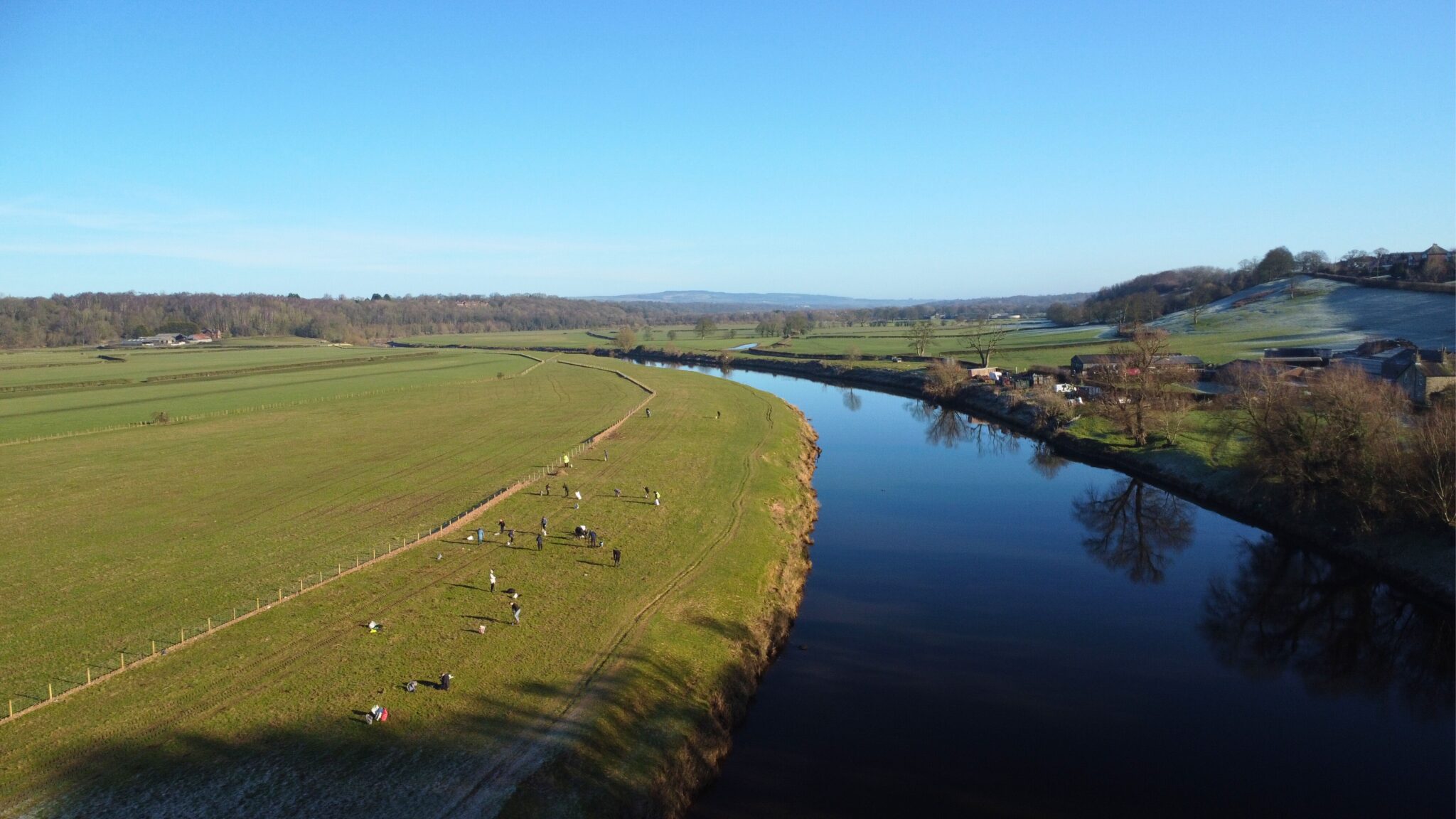
Planting for the Future at Fishwick Bottoms
The city of Preston and the surrounding towns and villages have faced flooding for centuries, caused by a combination of tidal flows moving upstream from the sea and excessive rainwater flowing downstream. Over the years, a series of flood defences have helped to reduce this risk. However, as the city continues to grow, and climate…
-

Water Safety: our guide to river safety
The Ribble catchment is a fantastic place to explore, especially when the sun’s shining! From wild swimming to paddling, kayaking to fishing, our rivers, lakes, and streams offer something for everyone. But where there’s water, there’s risk, so we want to make sure you’re well prepared for safe wild swimming- even if you didn’t set…
